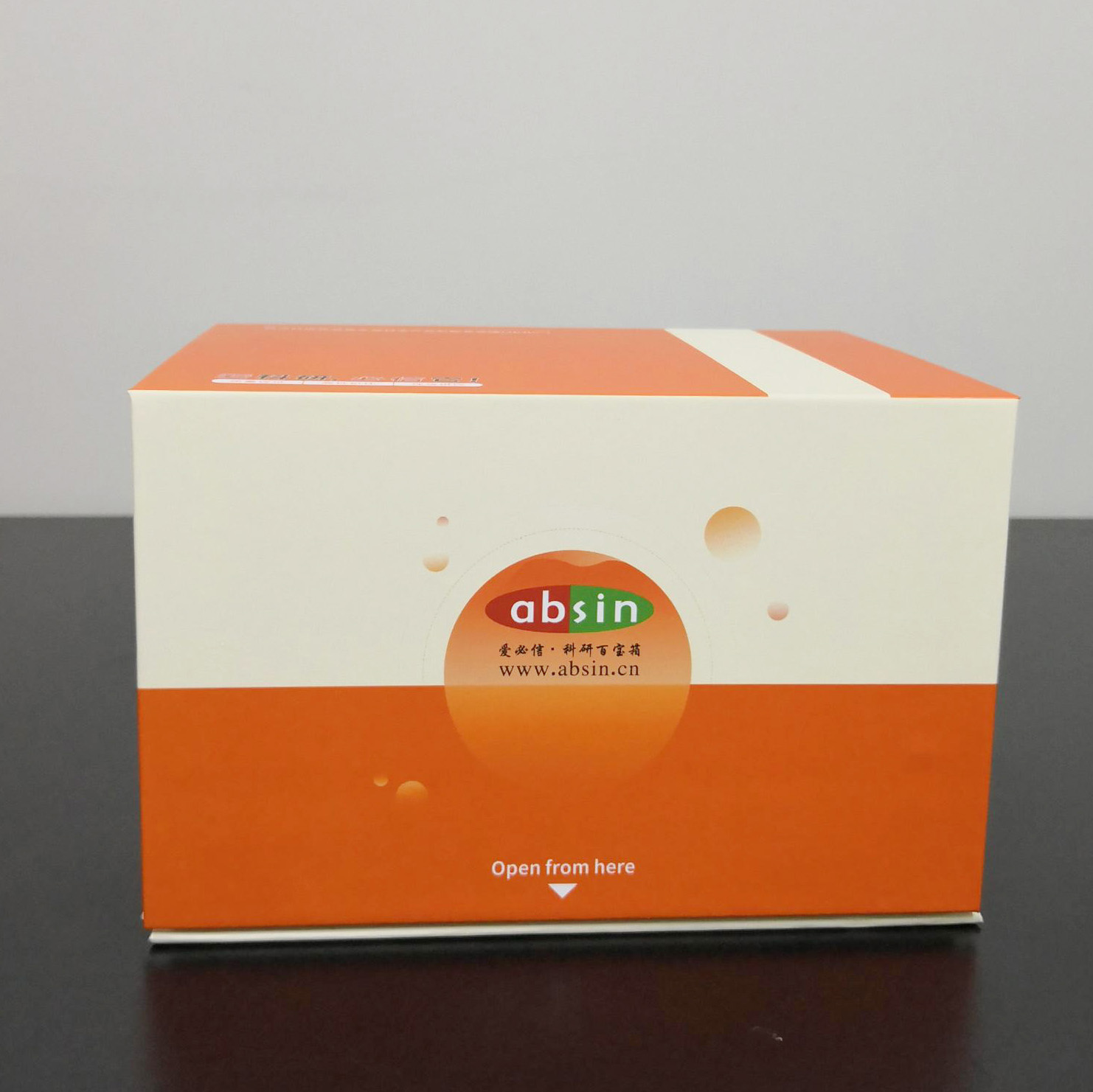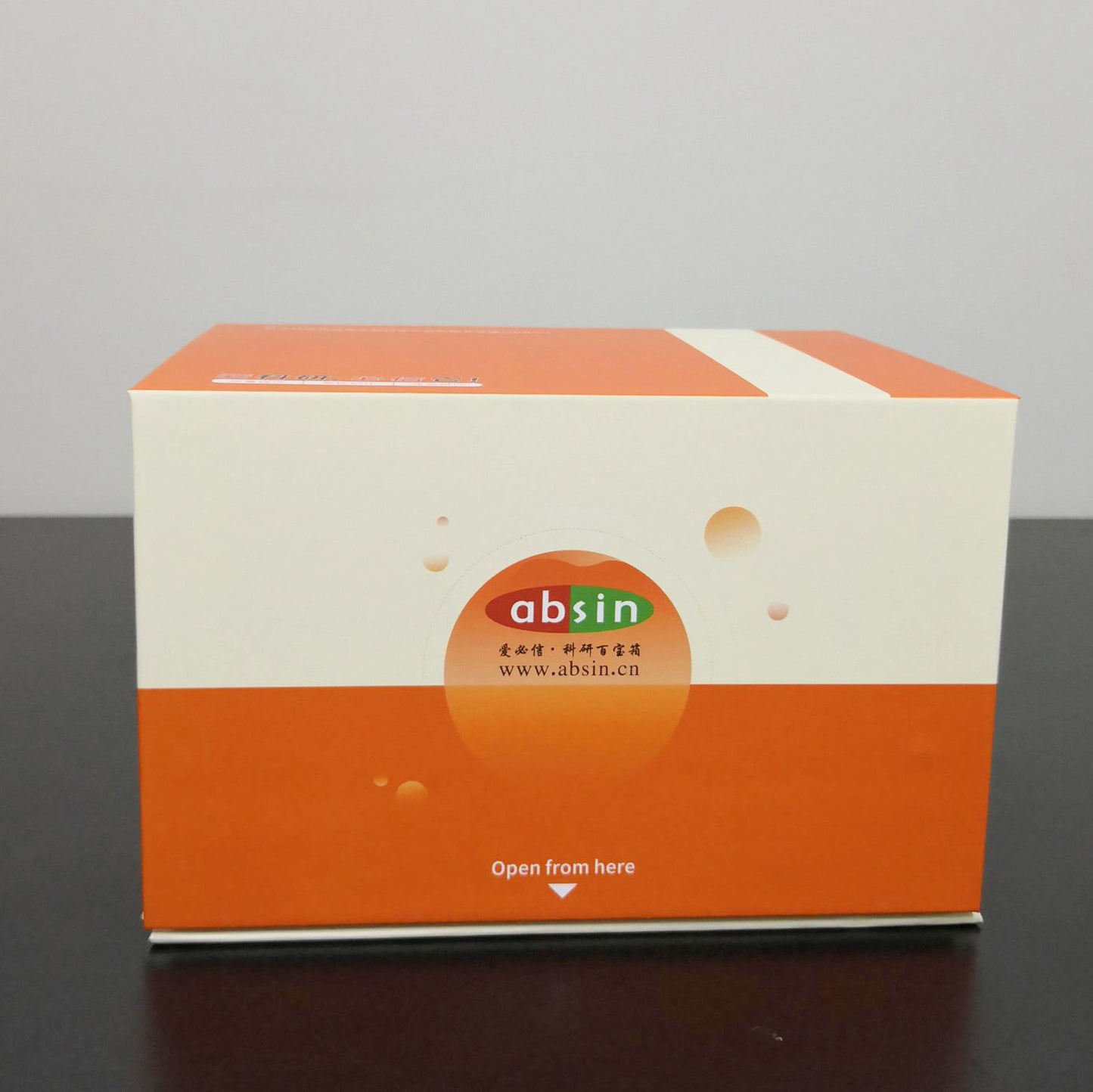Product Details
Product Details
Product Specification
| Description |
Detection Principle: This kit uses double antibody sandwich enzyme-linked immunosorbent assay technology. The specific mouse il-17antibody was pre coated on a high affinity microplate. The standard, sample to be tested and biotinylated detection antibody are added into the wells of the enzyme plate. After incubation, the il-17present in the sample combines with the solid-phase antibody and detection antibody to form an immune complex. After washing to remove unbound material, horseradish peroxidase labeled streptavidin (streptavidin HRP) was added. After washing, the chromogenic substrate was added to avoid light for color development. Stop the reaction by adding stop solution, and determine the absorbance value at 450 nmwavelength (reference correction wavelength 540nmor 570nm). Detection Type: Double antibody sandwich method Form: pre coated 96orifice plate Detection Sample Type: cell supernatant, serum, Plasma Loading Amount: 100ul Kit Components: Pre coated 96well plates, standards, anti mouse il-17detection antibody, dilution buffer, chromogenic solution (a, b), washing solution, termination solution, sa-hrpA copy of sealing film and instructions. Sensitivity: 1.8 pg/ml Detection range: 15.6 - 1000 pg/ml Recovery range: 82-110% Storage method: 2-8℃ Background: Mouse interleukin 17(il-17, also known as il-17a, or ctla-8), is a 21 kDa glycosylated polypeptide of varying degrees, belonging to the il-17 family. Cytokines of this family all contain a fold of a cysteine knot. People initially isolated il-17from activated hybridoma cells fused by cytotoxic cells in mice and t lymphocytes in rats. The mouse il-17 precursor consists of 158 amino acids, including a 25 amino acid signal peptide and a 133 amino acid mature peptide of 15kda . Both human and mouse il-17 have a conserved n-terminal glycosylation site, which is about 5kdaIL-17A can form a homodimer of 35-38kda or a heterodimer of 45-48 with il-17f . Mature mouse il-17a has 61%and 89%amino acid homology with human and rat il-17a , respectively. Although rodent and human mature IL-17A sequences share only a certain degree of homology, human IL-17 is also active on cells from mice and rats. The cells secreting il-17 include cd4+ Th17 T cells, Paneth cells, gr1+cd11b+ myelosuppressor cells, cd27-& Gamma&Amp; Delta; T cells, cd1+ nk11-ink T cells are the same as cd3-cd4+ LTI. The high affinity receptor of mouse il-17 has been reported. It is a heteromultimer of il-17 RA and il-17rc , with a composition ratio of 2:1il-17 RA is a i type transmembrane glycoprotein of 130 kDa and has no similarity to il-17, tumor necrosis factor or immunoglobulin receptor superfamily membersil-17 RC is a itype transmembrane protein, about 90-95 kda, and the amino acid sequence homology with il-17 RA is only 30%. Both receptors are necessary for the activity of il-17a and il-17 a: f . When the ligand binds to il-17ra , the two receptors subsequently form functional binding. IL-17 is mainly involved in neutrophil recruitment and survival. Its production was first thought to be the result of antigen stimulation of dendritic cells, leading to the secretion of il-23 . In the case of non t cell receptor dependence, il-23 will stimulate t cells to secrete il-17. The secreted il-17 in bone marrow stimulates stromal and fibroblasts to express g-csf and membrane stem cell factor, thereby increasing the differentiation and formation of PMNs il-17 plays a complementary role by blocking the apoptosis of neutrophils and promoting the circulation of pmn in vivo. In tissues, il-17 can promote the extravasation of neutrophils mainly through its effects on macrophages and endothelial cells. In macrophages, il-17 can induce tnf-& Alpha, il-1& Betaand il-6 productiontnf-& Alphaand il-1& Betareacts on endothelial cells and promotes the secretion of g-csf, which is enhanced by il-17 . By inducing the release of cxc chemokines and nitric oxide from endothelial cells, il-17 plays a role in promoting pmn influx pooling, thereby improving vascular permeabilitythe effect of IL-17 is not limited to neutrophils, and at the joint site, il-17 can upregulate the expression of rankl in osteoclasts. This promotes the formation of osteoclasts and subsequent bone resorption. |
Picture
Picture
Immunohistochemistry



